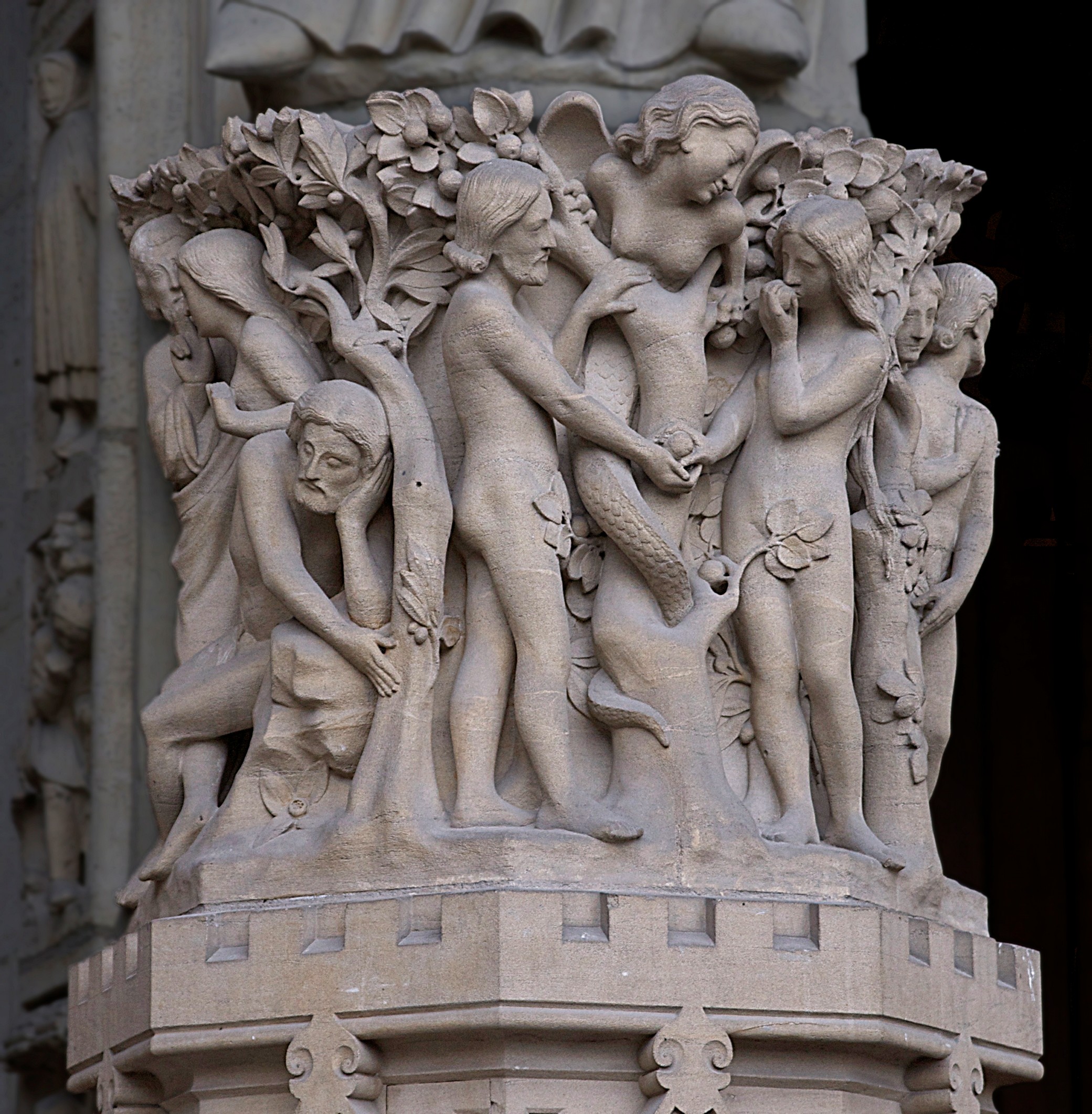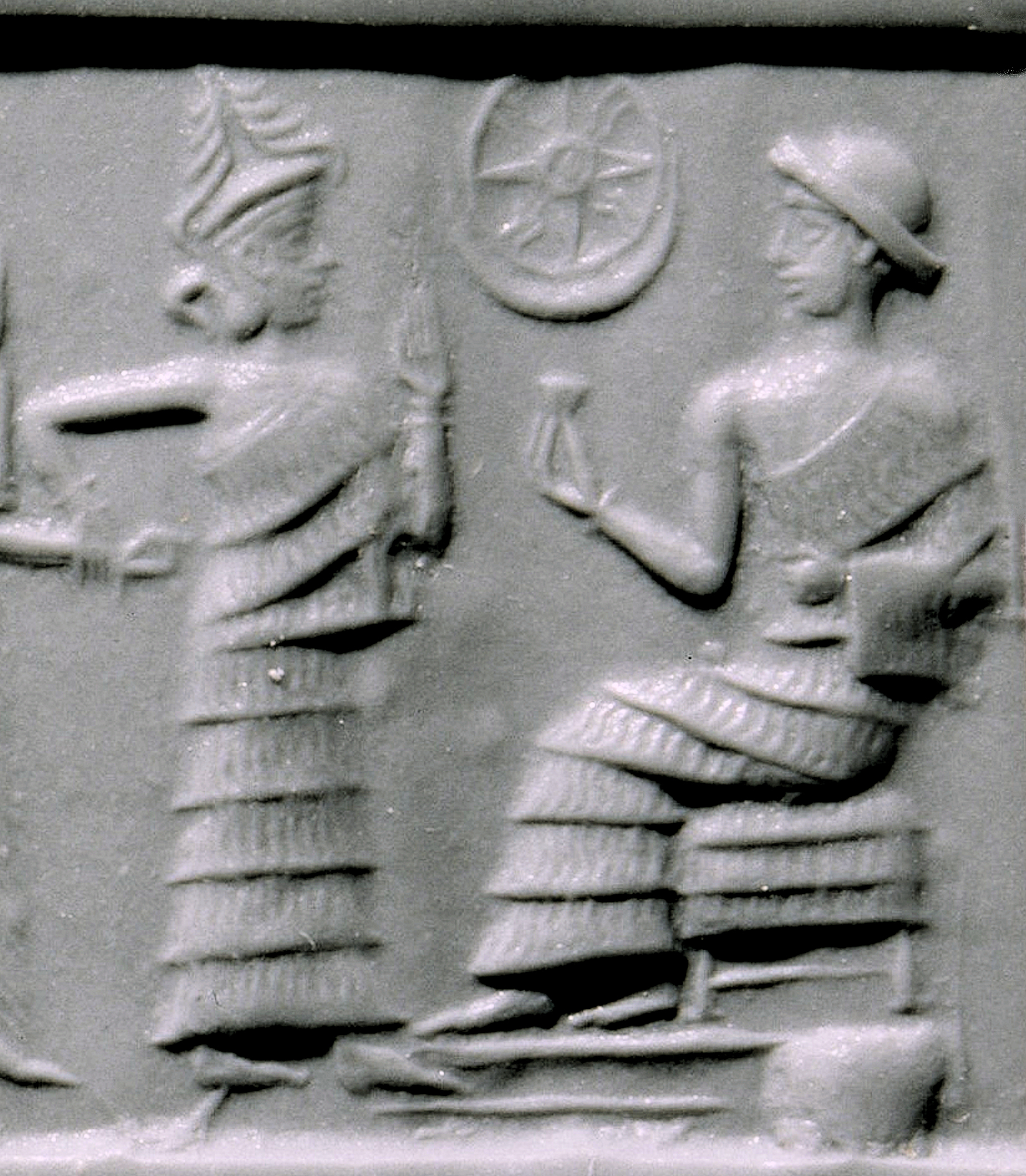|
Gochihr (Zoroastrianism)
Gochihr (, also spelled Gozihr) is a dragon in Iranian mythology. Etymology ''Gochihr'' is the Middle Persian development of old Iranian ''*gau-čiθra-'', attested in the Younger Avesta in the form ''gaočiθra-'', meaning “bearing the seed, having the origin of cattle”. In scripture Bundahishn He plays a significant role in the eschatological narrative of the ''Bundahishn'', where his rapid decent into the earth will cause an eruption of molten metal, leading to the rejuvenation of the world and his own demise. In Islamic tradition Gochihr (الجوزهر Jawzihr in Arabic) was later adopted by Muslim astronomers and astrologers where it came to signify the moon, but was also used for the nodes of any other named planets. See also *Jörmungandr *Fall of man *Star and crescent The conjoined representation of a star and a crescent is used in various historical contexts, including as a prominent symbol of the Ottoman Empire, and in contemporary times, as a national sy ... [...More Info...] [...Related Items...] OR: [Wikipedia] [Google] [Baidu] |
Bundahishn
The ''Bundahishn'' (Middle Persian: , "Primal Creation") is an encyclopedic collection of beliefs about Zoroastrian cosmology written in the Book Pahlavi script. The original name of the work is not known. It is one of the most important extant witnesses to Zoroastrian literature in the Middle Persian language. Although the ''Bundahishn'' draws on the Avesta and develops ideas alluded to in those texts, it is not itself scripture. The content reflects Zoroastrian scripture, which, in turn, reflects both ancient Zoroastrian and pre-Zoroastrian beliefs. In some cases, the text alludes to contingencies of post-7th century Islam in Iran, and in yet other cases, such as the idea that the Moon is farther than the stars. Structure The ''Bundahishn'' survives in two recensions: an Indian and an Iranian version. The shorter version was found in India and contains only 30 chapters, and is thus known as the ''Lesser Bundahishn'', or ''Indian Bundahishn''. A copy of this version was broug ... [...More Info...] [...Related Items...] OR: [Wikipedia] [Google] [Baidu] |
Jörmungandr
In Norse mythology, Jörmungandr (, see Etymology), also known as the Midgard Serpent or World Serpent (, "worm of Midgard"), is an unfathomably large and monstrous sea serpent or worm who dwells in the world sea, encircling the Earth ( Midgard) and biting its own tail, an example of an ouroboros. As a result of him surrounding Midgard, the beast is referred to as the World Serpent. Jörmungandr releasing his tail is one of the signs of the beginning of Ragnarök. Jörmungandr is said to be the middle child of the god Loki and the jötunn Angrboða. According to the ''Prose Edda'', Odin took Loki's three children by Angrboða – the wolf Fenrir, underworld ruler Hel, and the serpent Jörmungandr – and removed them from Asgard (the world of the Æsir). The serpent Jörmungandr was tossed into the great ocean that encircles Midgard.Snorri Sturluson; Brodeur, Arthur Gilchrist (trans.) (1916). '' The Prose Edda''. New York: The American-Scandinavian Foundation. '' Gyl ... [...More Info...] [...Related Items...] OR: [Wikipedia] [Google] [Baidu] |
Fall Of Man
The fall of man, the fall of Adam, or simply the Fall, is a term used in Christianity to describe the transition of the first man and woman from a state of innocent obedience to God in Christianity, God to a state of guilty disobedience. * * * * The doctrine of the Fall comes from a biblical interpretation of Book of Genesis, Genesis, chapters 1–3. At first, Adam and Eve lived with God in the Garden of Eden, but the Serpents in the Bible, serpent tempted them into Taboo#In religion and mythology, eating the Forbidden fruit, fruit from the tree of knowledge of good and evil, which God had forbidden. After doing so, they became ashamed of their nakedness and God expelled them from the Garden to prevent them from eating the fruit of the Tree of life (biblical), tree of life and becoming Immortality, immortal. In Nicene Christianity, mainstream (Nicene) Christianity, the doctrine of the Fall is closely related to that of original sin or ancestral sin. Nicene Christians believe that ... [...More Info...] [...Related Items...] OR: [Wikipedia] [Google] [Baidu] |
Star And Crescent
The conjoined representation of a star and a crescent is used in various historical contexts, including as a prominent symbol of the Ottoman Empire, and in contemporary times, as a national symbol by some countries, and by some Muslims as a symbol of Islam, while other Muslims reject it as an Islamic symbol. It was developed in the Greek colony of Byzantium ca. 300 BC, though it became more widely used as the royal emblem of Pontic king Mithridates VI Eupator after he incorporated Byzantium into his kingdom for a short period. During the 5th century, it was present in coins minted by the Persian Sassanian Empire; the symbol was represented in the coins minted across the empire throughout the Middle East for more than 400 years from the 3rd century until the fall of the Sassanians after the Muslim conquest of Persia in the 7th century. The conquering Muslim rulers kept the symbol in their coinage during the early years of the caliphate, as the coins were exact replicas of the S ... [...More Info...] [...Related Items...] OR: [Wikipedia] [Google] [Baidu] |
Rāhu
Rāhu (Sanskrit: राहु, 16px, ☊) is one of the nine major celestial bodies (navagraha) in Hindu texts and the king of meteors. It represents the ascension of the Moon in its precessional orbit around the Earth, also referred to as the north lunar node, and along with Ketu, is a "shadow planet" that causes eclipses. Despite having no physical existence, Rahu has been allocated the status of the planet by ancient seers owing to its strong influence in astrology. Rahu is usually paired with Ketu, the south lunar node. The time of day considered to be under the influence of Rahu is called '' Rāhu kāla'' and is considered inauspicious. As per Hindu astrology, Rahu and Ketu have an orbital cycle of 18 years and are always 180 degrees from each other orbitally (as well as in the birth charts). This coincides with the precessional orbit of the Moon or the ~18 year rotational cycle of the lunar ascending and descending nodes on the Earth's ecliptic plane. This also corresp ... [...More Info...] [...Related Items...] OR: [Wikipedia] [Google] [Baidu] |
Ketu (mythology)
Ketu (Sanskrit: केतु, IAST: ) () is the descending (i.e. 'south') lunar node in Vedic, or Hindu astrology. Personified as a deity, Rahu ( 16px, ☊, the ascending (i.e. 'north') lunar node) and Ketu are considered to be the two halves of the immortal asura (demon) Svarbhanu, who was beheaded by the god Vishnu. As per Vedic astrology, Rahu and Ketu have an orbital cycle of 18 years and are always 180 degrees from each other orbitally (as well as in the birth charts). This coincides with the precessional orbit of moon or the ~18-year rotational cycle of the lunar ascending and descending nodes on the earth's ecliptic plane. Ketu rules the Scorpio zodiac sign together with Mangala (traditional ruling planet; Mars in Western astrology). Astronomically, Rahu and Ketu denote the points of intersection of the paths of Surya (the Sun) and Chandra (the Moon) as they move on the celestial sphere, and do not correspond to a physical planet. Rahu and Ketu are respective ... [...More Info...] [...Related Items...] OR: [Wikipedia] [Google] [Baidu] |
Persian Mythology
Iranian mythology, or Persian mythology in western term (), is the body of the myths originally told by ancient Persians and other Iranian peoples and a genre of ancient Persian folklore. These stories concern the origin and nature of the world, the lives and activities of deities, heroes, and mythological creatures, and the origins and significance of the ancient Persians' own cult and ritual practices. Modern scholars study the myths to shed light on the religious and political institutions of not only Iran but of the Greater Iran, Persosphere, which includes regions of West Asia, Central Asia, South Asia, and Transcaucasia where the culture of Iran has had significant influence. Historically, these were regions long ruled by dynasties of various Iranian empires, that incorporated considerable aspects of Persian culture through extensive contact with them, or where sufficient Iranian peoples settled to still maintain communities who patronize their respective cultures. It roug ... [...More Info...] [...Related Items...] OR: [Wikipedia] [Google] [Baidu] |
Persian Legendary Creatures
Persian may refer to: * People and things from Iran, historically called ''Persia'' in the English language ** Persians, the majority ethnic group in Iran, not to be conflated with the Iranic peoples ** Persian language, an Iranian language of the Indo-European family, native language of ethnic Persians *** Persian alphabet, a writing system based on the Arabic script * People and things from the historical Persian Empire Other uses * Persian (patience), a card game * Persian (roll), a pastry native to Thunder Bay, Ontario * Persian (wine) * Persian, Indonesia, on the island of Java * Persian cat, a long-haired breed of cat characterized by its round face and shortened muzzle * The Persian, a character from Gaston Leroux's ''The Phantom of the Opera'' * The Persians, an ancient Greek tragedy play written by the Athenian playwright Aeschylus in the 5th century BC * ''Persa'' (play) or ''The Persian'', comedy by the Roman playwright Plautus * Persian, a generation I Pokémon sp ... [...More Info...] [...Related Items...] OR: [Wikipedia] [Google] [Baidu] |
Dragons
A dragon is a magical legendary creature that appears in the folklore of multiple cultures worldwide. Beliefs about dragons vary considerably through regions, but dragons in Western cultures since the High Middle Ages have often been depicted as winged, horned, and capable of breathing fire. Dragons in eastern cultures are usually depicted as wingless, four-legged, serpentine creatures with above-average intelligence. Commonalities between dragons' traits are often a hybridization of reptilian, mammalian, and avian features. Etymology The word ''dragon'' entered the English language in the early 13th century from Old French , which, in turn, comes from Latin">-4; we might wonder whether there's a point at which it's appropriate to talk of the beginnings of French, that is, when it wa ... , which, in turn, comes from Latin (genitive ), meaning "huge serpent, dragon", from , (genitive , ) "serpent". [...More Info...] [...Related Items...] OR: [Wikipedia] [Google] [Baidu] |




